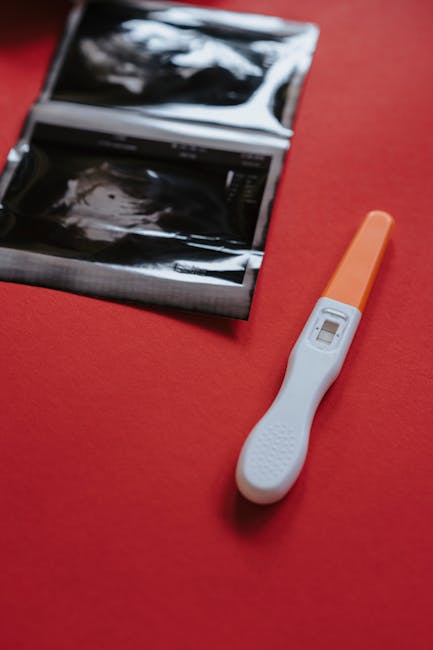Understanding Birth Defects and Chromosomal Abnormalities During Pregnancy
Sara reached out to us on the MotherToBaby live chat after her OB/GYN referred her. She was concerned about the medication Paxil (paroxetine) she was taking, which her doctor mentioned could be linked to heart defects. At 14 weeks into her pregnancy, Sara sought clarity since her genetic testing results were normal. She asked, “How could my baby have a heart defect if my non-invasive prenatal testing (NIPT) was negative?”
During pregnancy, various tests are conducted to assess the health and development of the baby. Understanding these tests involves distinguishing between birth defects and chromosomal abnormalities, both of which have different implications for the baby’s health.
Birth Defects
All pregnancies carry a background risk of 3-5% for birth defects. However, certain exposures can elevate this risk. Most birth defects occur in the first trimester when the baby is growing and developing. Birth defects can affect any body part, such as the heart, brain, or limbs, leading to differences in appearance or function. Examples include a hole in the heart or a cleft lip. These defects vary in severity, impacting the baby’s health based on their location and severity.
Prenatal tests, like the anatomy scan typically performed between 18 and 22 weeks, can detect birth defects. While this ultrasound is often associated with learning the baby’s gender, it also examines the baby’s organs and body parts for defects. It is crucial to note that while important, this screening is not foolproof and some minor defects might be missed until birth.
Chromosomal Abnormalities
Chromosomal abnormalities are changes in the baby’s DNA occurring at conception. DNA can be thought of as a recipe book for the baby’s development. Occasionally, errors in this ‘recipe’ can lead to developmental changes. For instance, Down syndrome is caused by having three copies of the 21st chromosome instead of two.
During pregnancy, non-invasive prenatal testing (NIPT) can be performed as early as 10 weeks. This test analyzes fetal DNA present in the mother’s bloodstream to identify chromosomal abnormalities, such as Down syndrome. Genetic counseling is often recommended to discuss the pros and cons of NIPT, review family history, and interpret results.
Sara’s Journey
In our chat, Sara asked, “So because my NIPT results were normal, the baby is unlikely to have a chromosomal abnormality. However, a birth defect still could have happened in the first trimester, and I need to wait until my anatomy scan to get those results, is that right?” I assured her this was correct. Although studies suggest a link between Paxil and heart defects, the overall risk remains low. Sara felt relieved knowing her NIPT results were normal, indicating a low risk for conditions like Down syndrome. She also felt more confident about her upcoming anatomy scan, understanding its role in detecting birth defects.
If you have questions about birth defects or exposures during pregnancy, contact a MotherToBaby specialist via phone, text, live chat, or email. For inquiries about genetic testing or to find a genetic counselor, visit the National Society of Genetic Counselors website.




